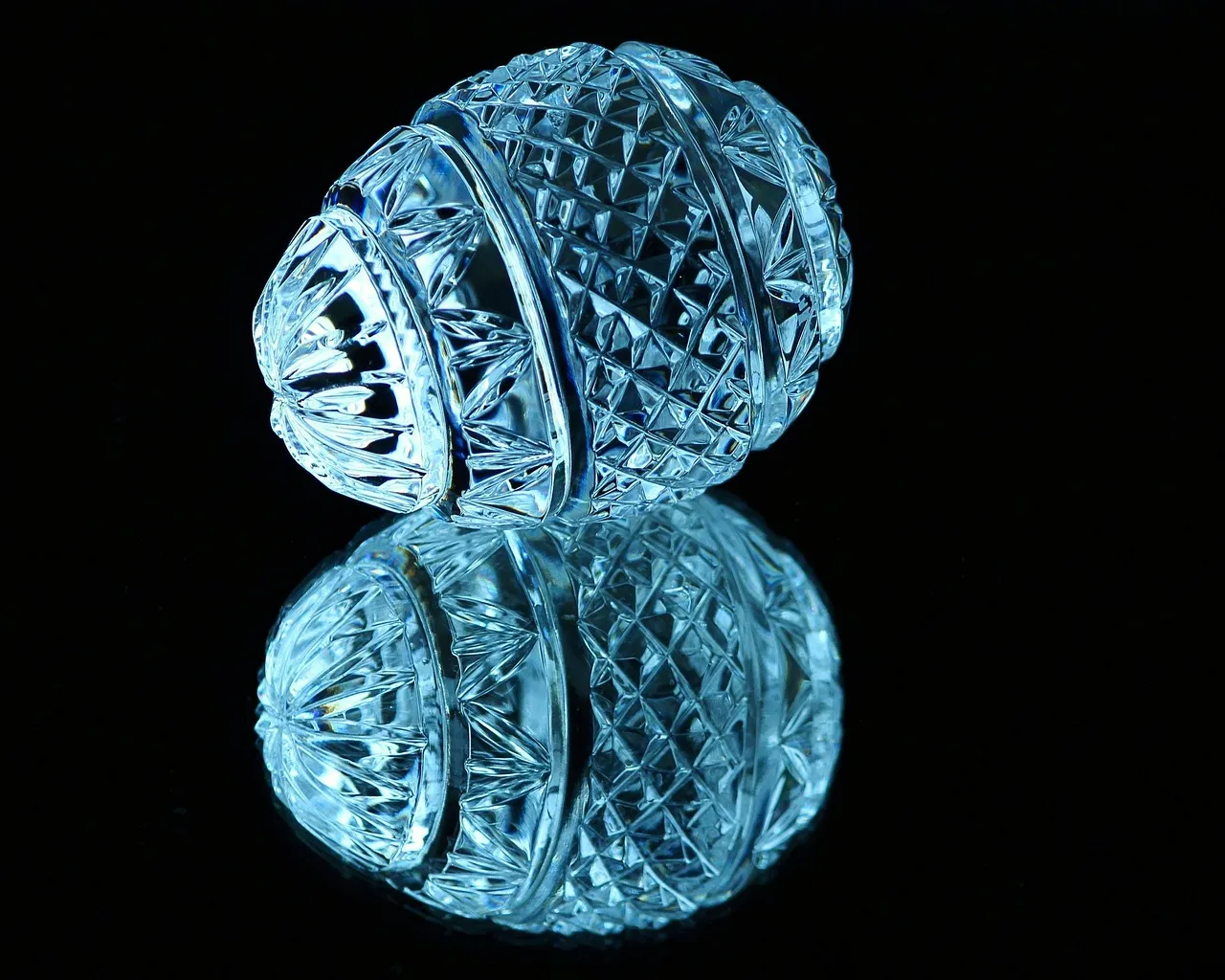
Treatment and Prevention of Warts: Tips and Advice
The skin lesions that appear on the skin are a common phenomenon in many people’s lives. They can develop for various reasons, and although they are often harmless, their appearance often raises concern. Particularly with warts and plantar warts, the question arises as to what the difference is between them and how they can be treated. Among dermatological issues, warts are the most common, and many people encounter them during their lives. Lesions caused by viruses, such as HPV (human papillomavirus), are responsible for the formation of warts.
Warts can come in various shapes and sizes, appear on different areas of the skin, and while they are mostly painless, they often present an aesthetic problem. In contrast, plantar warts, also known as plantar warts, develop on the soles of the feet and can be painful due to pressure. People often seek solutions for their removal, whether through natural methods or medical interventions. For the sake of skin health, it is important to be aware of the different lesions, their characteristics, and treatment options.
Warts: Types and Characteristics
Warts are benign lesions that appear on the skin’s surface, caused by the HPV virus. These lesions can manifest in various forms and locations, and if left untreated, they can persist long-term. The most common types of warts include common warts, flat warts, plantar warts, and genital warts.
Common warts typically appear on the hands and elbows, characterized by a rough, bumpy surface and gray color. Flat warts are smaller, smoother, and are usually found on the face, neck, or backs of the hands. Plantar warts, on the other hand, develop on the soles of the feet and can be painful due to pressure. Genital warts appear around the genital area and are sexually transmitted.
In many cases, warts can disappear on their own; however, a wide range of treatment options is available. The most common methods include freezing, laser treatment, and the use of various medications. It is important to note that when treating warts, it is always advisable to consult a dermatologist to receive the appropriate diagnosis and treatment.
Plantar Warts: Formation and Treatment Options
Plantar warts, also known as plantar warts, are lesions that appear on the soles of the feet as a result of an HPV virus infection. These warts are usually hard, rough-surfaced, and can often be painful due to the pressure exerted on the foot. Plantar warts most commonly occur in the middle of the sole, on the heel, or under the toes.
One of the main causes of plantar warts is a small injury to the skin that allows the virus to enter beneath the skin. The infection can spread in public places, such as swimming pools, saunas, or gyms, where the skin between the toes comes into contact with the ground. Those at the greatest risk are individuals with weakened immune systems or those who frequently suffer from foot ailments.
The treatment of plantar warts usually requires medical intervention, as they rarely disappear on their own. The most common treatment methods include freezing, where the wart is treated with liquid nitrogen, and laser removal. Additionally, over-the-counter medications are available that can help in eliminating plantar warts. However, it is important to carry out the treatment under the guidance of a specialist to avoid complications.
Prevention of Warts and Plantar Warts
To prevent warts and plantar warts, several steps can be taken. One of the most important things is to avoid direct contact with individuals who have warts. Additionally, it is important to always wear sandals in shared spaces, such as swimming pools or gyms, to prevent the spread of viruses.
Furthermore, we must also pay attention to the hygiene of our feet. Regularly wash our feet and ensure that the skin remains dry, as moisture promotes the proliferation of viruses. To protect the skin, use moisturizing creams that help maintain the skin’s elasticity. Additionally, it is advisable to avoid wearing tight or constricting shoes, as these can irritate the skin and increase the risk of developing warts.
Regular medical check-ups and dermatological examinations are also important, especially if we are prone to skin diseases. Early detection and appropriate treatment can help avoid more serious problems.
Comparison of Medical Treatments and Home Remedies
There are numerous methods available for the treatment of warts and plantar warts that can be applied by both doctors and patients. Medical interventions, such as freezing, laser removal, or chemical treatments, generally offer quick solutions. These methods effectively remove the wart, and often only one or a few sessions are needed for complete recovery.
However, not everyone prefers to choose medical treatments, and many seek home remedies as well. Home treatments include using tea tree oil, garlic, or apple cider vinegar, which can help in the natural removal of warts. These solutions are generally cheaper, but their effectiveness and healing time may be longer.
The most important thing is that regardless of which method we choose, we always keep in mind the health of our skin and the potential side effects. It is particularly important to consult a dermatologist if the wart becomes painful or if we notice any changes. Medical expertise can help in selecting the most appropriate treatment option.
**Attention!** This article does not constitute medical advice. Please consult a doctor for health issues!

